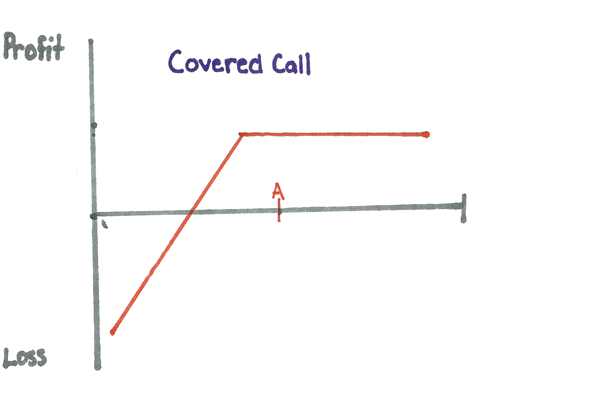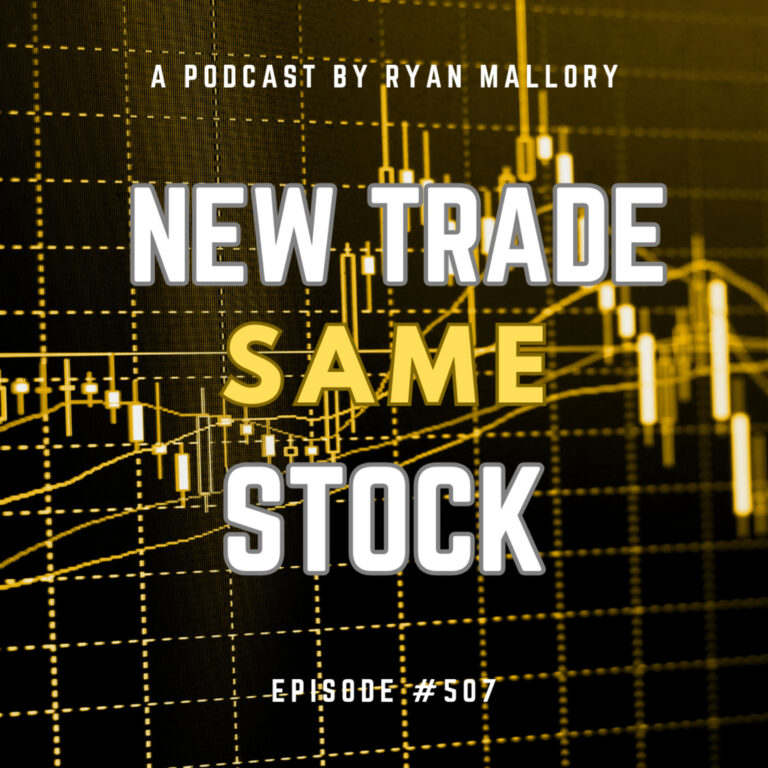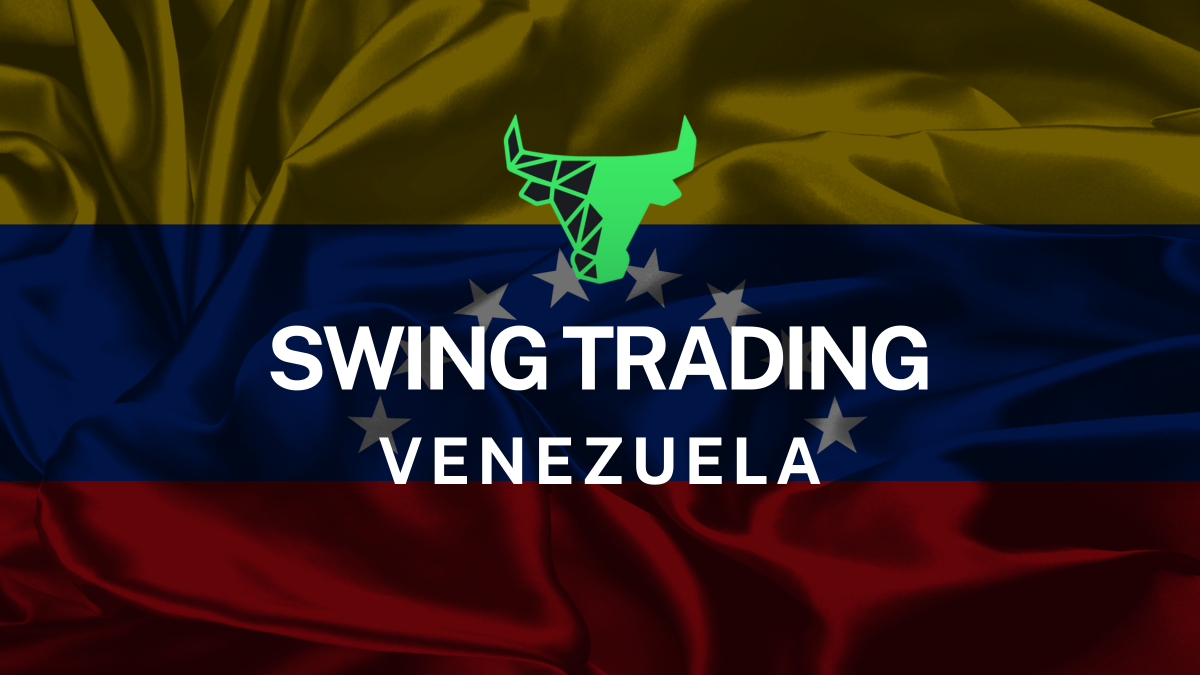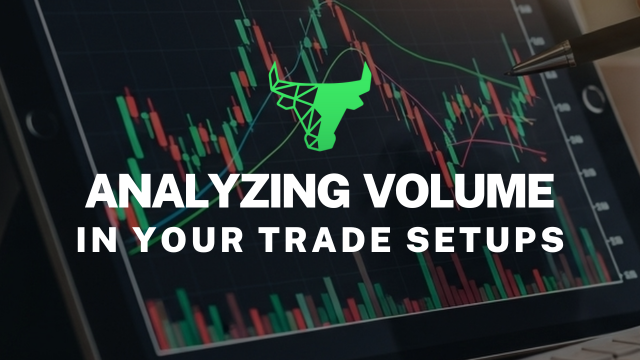
Name: Covered Call
Setup: Sell (short) a call and Own or Buy (long) equal amount of shares
Bias: Neutral to Slightly Bullish (If the underlying sky rockets in price you will be forced to sell at the strike price missing out on the extra gains)
Break-Even: Underlying Price – Premium received for the sale of the call
Max Profit: Limited: To premium received; if the underlying price goes above strike price then profit increases to premium received + sale of the underlying
Max Loss: Downside risk happens only if the stock price falls to low
Margin: The short call is covered by the purchase or ownership of the stock – no margin needed
Time Decay: As time passes the call will drop in value which is what you want. You want your short call to lose value so it expires worthless or allows you to buy it back (close it) for a lower price.
Implied Volatility: Over the life of the option you want implied volatility to decrease, thus decreasing the price of your option. An increase in implied volatility will increase the price of your option.
Notes: Covered Calls are typically referred to as beginner plays because the option cannot take a loss so the position is relatively safe. Selling calls on shares already owned is a good way to increase/boost profit on long-term positions. Only establish covered calls if you are comfortable with getting assigned, if you are okay with losing the shares because they are called away. Putting on a covered call when you are not willing to give up the shares will only bring headaches and future losses.
Featured in Trade Review: None at this time

Welcome to Swing Trading the Stock Market Podcast!
I want you to become a better trader, and you know what? You absolutely can!
Commit these three rules to memory and to your trading:
#1: Manage the RISK ALWAYS!
#2: Keep the Losses Small
#3: Do #1 & #2 and the profits will take care of themselves.
That’s right, successful swing-trading is about managing the risk, and with Swing Trading the Stock Market podcast, I encourage you to email me (ryan@shareplanner.com) your questions, and there’s a good chance I’ll make a future podcast out of your stock market related question.
What do you do when the best trade setup that you can find is a stock that you already have a position in? Should you trade a stock that you already have a position in and exponentially increase the size of that position? In this podcast episode Ryan explains the circumstances that allows you to increase your position size in an already profitable trade and how to manage the risk in doing so.
Be sure to check out my Swing-Trading offering through SharePlanner that goes hand-in-hand with my podcast, offering all of the research, charts and technical analysis on the stock market and individual stocks, not to mention my personal watch-lists, reviews and regular updates on the most popular stocks, including the all-important big tech stocks. Check it out now at: https://www.shareplanner.com/premium-plans
📈 START SWING-TRADING WITH ME! 📈
Click here to subscribe: https://shareplanner.com/tradingblock
— — — — — — — — —
💻 STOCK MARKET TRAINING COURSES 💻
Click here for all of my training courses: https://www.shareplanner.com/trading-academy
– The A-Z of the Self-Made Trader –https://www.shareplanner.com/the-a-z-of-the-self-made-trader
– The Winning Watch-List — https://www.shareplanner.com/winning-watchlist
– Patterns to Profits — https://www.shareplanner.com/patterns-to-profits
– Get 1-on-1 Coaching — https://www.shareplanner.com/coaching
— — — — — — — — —
❤️ SUBSCRIBE TO MY YOUTUBE CHANNEL 📺
Click here to subscribe: https://www.youtube.com/shareplanner?sub_confirmation=1
🎧 LISTEN TO MY PODCAST 🎵
Click here to listen to my podcast: https://open.spotify.com/show/5Nn7MhTB9HJSyQ0C6bMKXI
— — — — — — — — —
💰 FREE RESOURCES 💰
— — — — — — — — —
🛠 TOOLS OF THE TRADE 🛠
Software I use (TC2000): https://bit.ly/2HBdnBm
— — — — — — — — —
📱 FOLLOW SHAREPLANNER ON SOCIAL MEDIA 📱
*Disclaimer: Ryan Mallory is not a financial adviser and this podcast is for entertainment purposes only. Consult your financial adviser before making any decisions.




